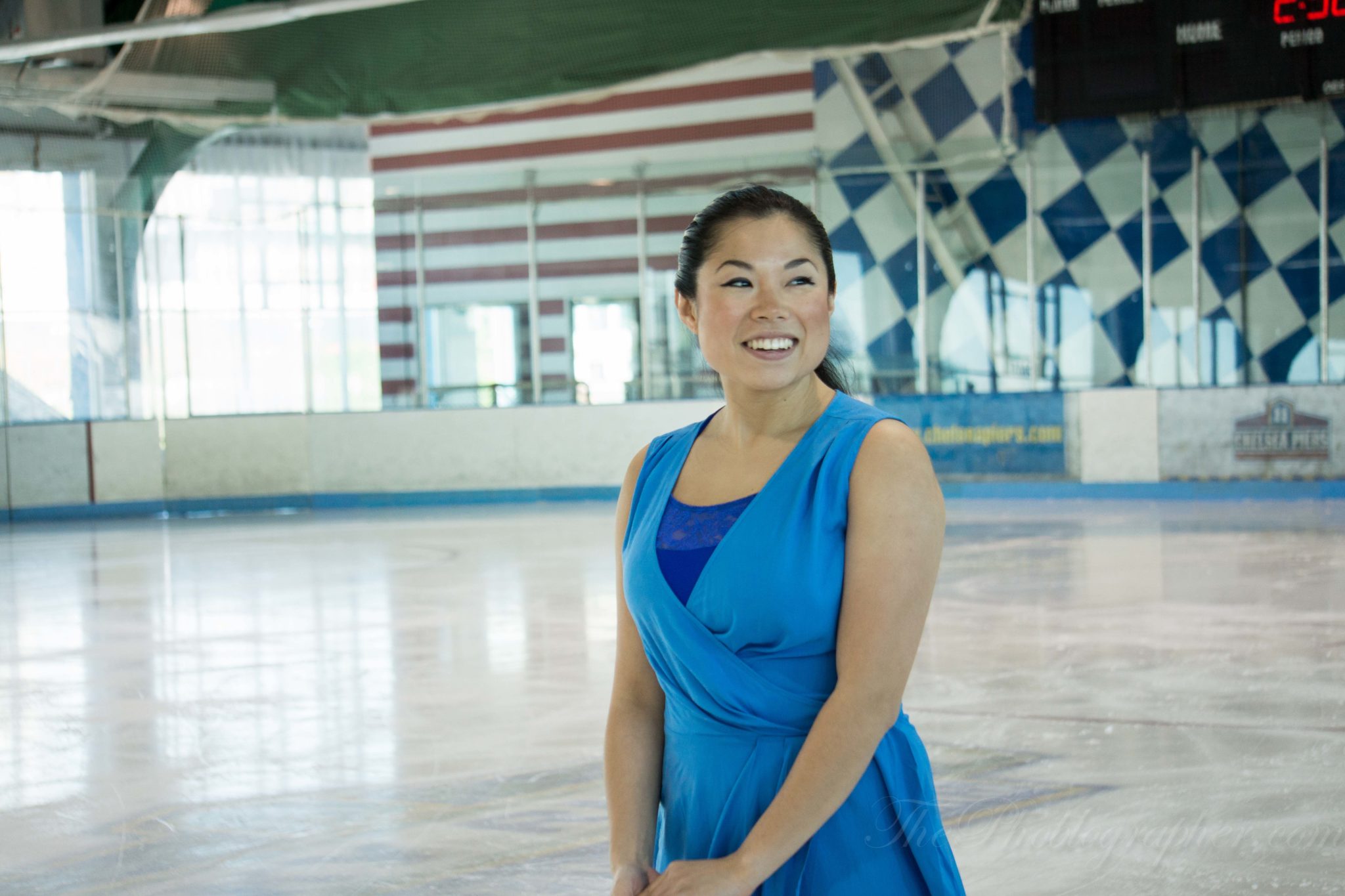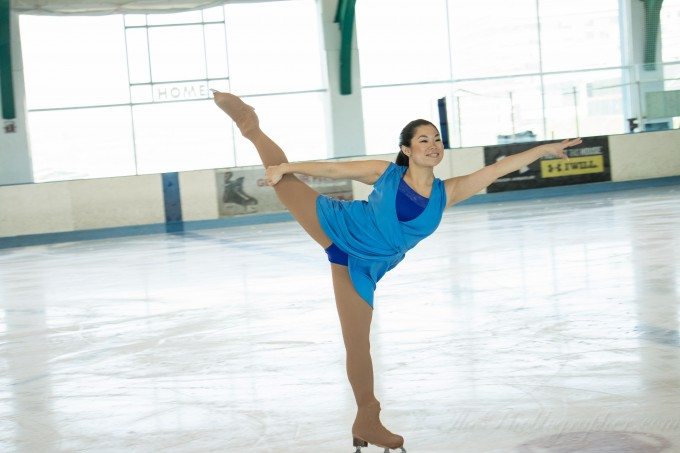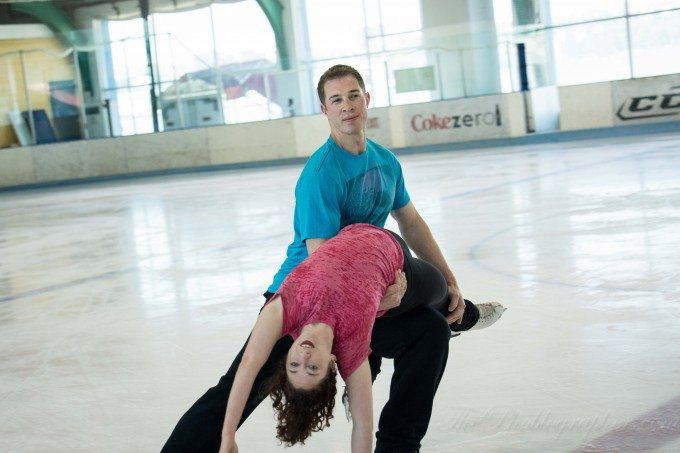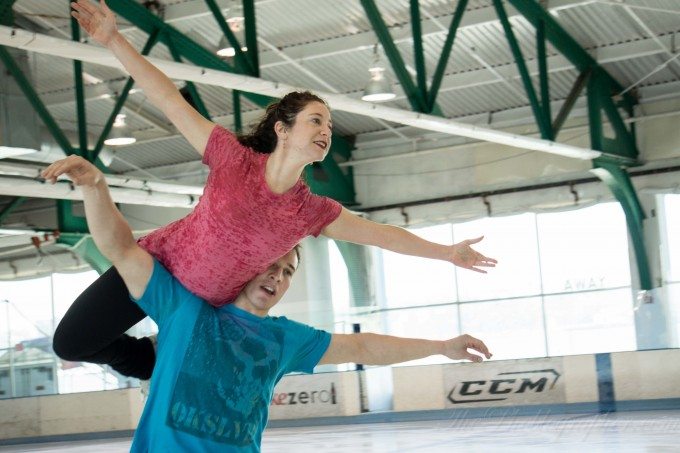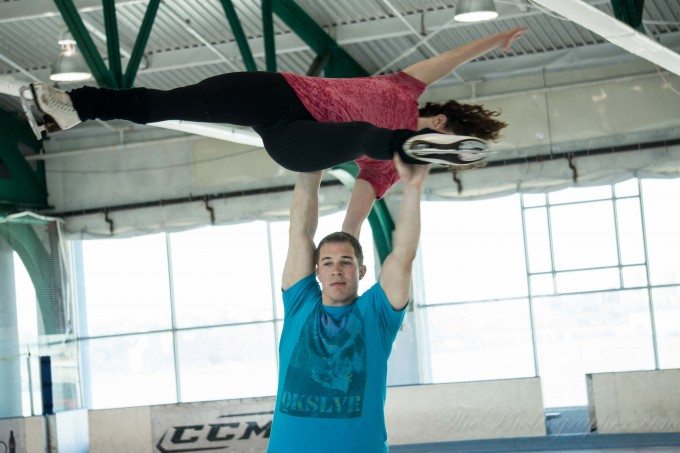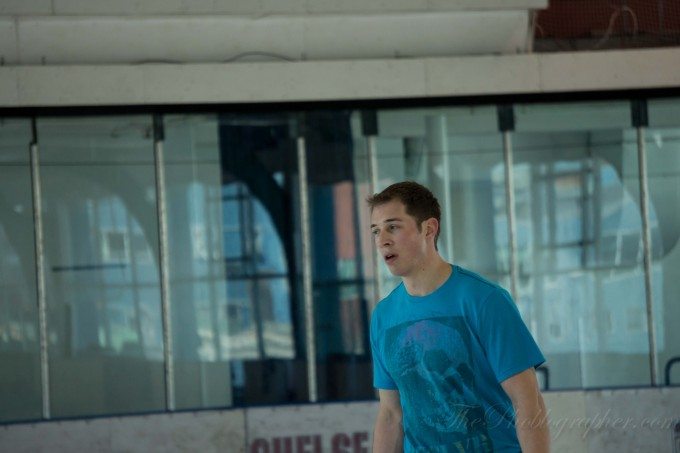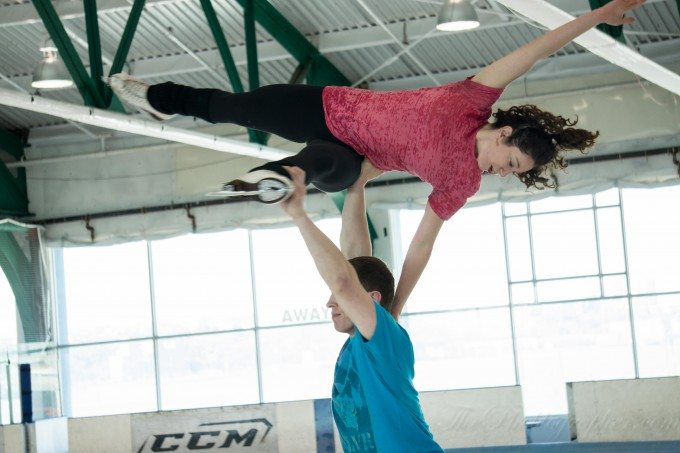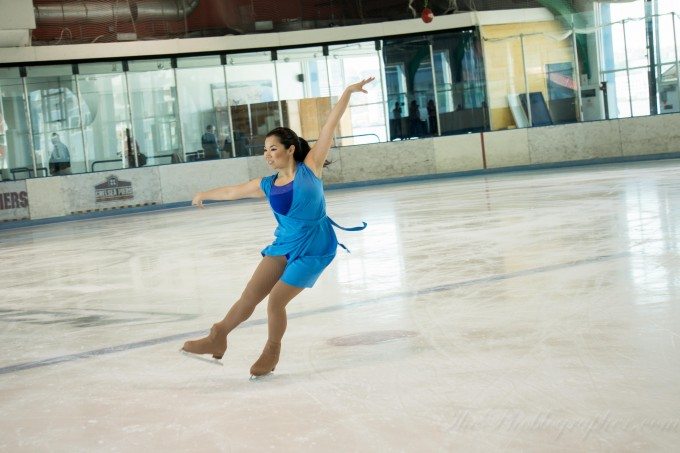The other day, I met with the team over at Sony to get some hands-on time with the NEX 7. The company decided to really put their camera to the test and got ice skaters to skate around at Chelsea Piers.
So with the NEX 7 in hand and their 55-210mm telephoto zoom lens, I tried to capture the athletes in their natural element.
Editor’s Note: I am in no way, shape or form, a sports photographer. The closest thing I’ve done to it is concert photography with musicians jumping around like crazy in the lowest of lighting situations. This task though was extremely tough to accomplish. So before anyone goes onto a forum and says, “Oh right, blame the problems on the camera.” please keep this in mind.
Gear Used
Sony 55-210mm telephoto zoom lens
Ease of Use
In order to photograph ice skaters, I first needed to do something that I almost never really do: put the camera into continuous autofocus mode. I am a street photographer, wedding photographer, event photographer, and portrait photographer: and for those genres I’ve never needed to use continuous AF and therefore almost avoid it like a plague. The best cameras that I have ever seen it on are the Canon 7D and D3s.
With mirrorless cameras, my usual method of shooting also entails using the center focusing zone and recomposing. Alternatively, I may crop intensely in order to recompose the photo and therefore not throw off the focusing due to what happens with the in-camera focus and recompose method.
Sony’s menus are a bit painful, but once you get through them a bit you learn to understand them. It has been a little while since I really used a Sony NEX camera, so I needed to relearn it again; though this didn’t take a while.
Autofocus and Shot-to-Shot Performance
Using the methods that I presented above, I tried to capture photos of the skaters as they passed across my lens. Different autofocus methods were tried: including letting the camera try to pick the correct autofocus point. In the end though, I felt that route yielded me lots of photos that weren’t usable at all. Instead, the camera would focus on the background or something else.
Using the center focusing point with continuous shooting mode ensured that the camera would focus only on whatever was in the center and therefore also make the camera select and lock onto a target faster.
Ice skaters move quite fast though, and at times the camera would end up losing them and need to find/lock onto them again. Even with face detection, this sometimes turned into a hit or miss situation.
The camera didn’t seem like it was able to achieve the most accurate and sharpest of focusing on the subjects. I’ve indeed seen much better with phase detection systems than Sony’s Contrast AF. However, for a mirrorless camera, the focusing did seem to be much better than other’s I’ve seen out there. I still don’t think that it can touch Olympus’s Fast AF system yet though.
Capturing ice skaters required many things:
– Focusing on the subject and therefore trying to keep them in the middle.
– Panning with them as they moved.
– Since I was using a zoom lens, it also required zooming in or out as they went further or closer in order to maintain a better composition. What this did in practice was also changed the aperture and therefore the shutter speeds.
In order to keep up with the moving subjects, I shot in either manual or aperture priority most of the time. Many sports photographers use either shutter or manual mode; but I really hate shutter priority mode. In retrospect, it was a bad decision on my part, but I maintained more than enough of a fast shutter speed to stop the fast motion.
The other issue though is the reciprocal rule of shutter speeds: which was compensated for by the lens’s stabilization system.
I found that shooting at ISO 800 often gave me the best results.
Additionally, the camera ran into a couple of problems that continued to frustrate me. For example, the continuous burst shooting rate wasn’t fast enough, so I needed to shoot at the high speed continuous burst priority mode. That indeed sped it up quite a bit, but it then took longer than I wanted to write the images to a Sony 8GB Class 10 SDHC card.
For the record, I was shooting in RAW mode; and the camera didn’t seem to offer an option for small RAW.
High ISO Noise Issues
Here is the big issue with a 24MP APS-C camera sensor: there are too many pixels.
Indeed, this camera has noisier than normal performance at ISO 800. But that is an essential ISO setting for sports shooting like this. The photos required noise reduction, sharpening, clarity boosts and minor color correction.
First Impressions
The Sony NEX 7 performed fairly well for being a mirrorless camera, but I believe that the focusing system needs to be even faster. It is quite good already for single focusing mode, but continuous focusing I feel needs even faster lenses.
To date, the best continuous focusing modes come from phase detection cameras: even some of Sony’s Alpha DSLRs focus extremely quickly as we’ve seen in previous reviews on this site.
But in the end, the camera and anyone using it should stick to other subject matter.
Please Support The Phoblographer
We love to bring you guys the latest and greatest news and gear related stuff. However, we can’t keep doing that unless we have your continued support. If you would like to purchase any of the items mentioned, please do so by clicking our links first and then purchasing the items as we then get a small portion of the sale to help run the website.


